This article is for
- IT leaders exploring the need for an ERP system
- Managers trying to understand true costs of an ERP suite
We will help you
- Understand the value and application of ERP TCO
- Obtain an overview of the TCO constituent parts
- List cost categories of the prospective ERP
- Understand common mistakes in assessing costs of ownership
- Identify current costs of an existing solution
- Recognize accurate investment numbers to use in Business Case or ROI analyses
Go to the ERP Total Cost of Ownership ↓
Overview
Comprehensive TCO assessment is essential for formulating a solid ERP ROI and business case. Cloud-based systems present new challenges in assessing ERP implementation efforts and ongoing expenses. Organizational change related factors are significant but commonly obscured by technical components or software license pricing. This is also true for Cloud-based ERP, and at times, even more so.
Thorough understanding of TCO helps not only with ERP Business Case but also with avoiding common implementation and use pitfalls. TCO includes upfront implementation expenses (often prorated) and ongoing maintenance with enhancing existing and introducing new functionalities.
When implementing projects based on Odoo ERP, our customers often struggle with estimating the total cost of the system and its overall ownership. With the help of our partner, we have compiled a comprehensive list of cost categories to be considered when estimating the TCO of any ERP system, not just Odoo.
Estimate your Odoo project
Why TCO?
"Early understanding of the ownership costs (TCO) helps to avoid ERP implementation pitfalls." Gleb Lisikh, in4BIT Inc.
ERP systems are crucial to streamline operations and resources. ERP effectiveness is commonly expressed as Return on Investment (ROI). However, the ROI is meaningless or, worse, misleading, if ERP costs are gauged poorly.
Historically, many ERP deployment projects (including Cloud-based) underestimated the necessary process changes. This resulted in underfunding of business change management, exceeding budgets, and unanticipated increase in Total Cost of Ownership (TCO).
The last decade marked a notable shift toward Cloud-based systems. And in the past two years, the number of SaaS Cloud-based ERP implementations was greater than on-premises installations.
SaaS is attractive due to its accessibility and convenience, while Cloud ERP adoption is increasing because of its scalability, flexibility, and lower upfront costs. The ERP market is becoming more diverse. Providers increasingly offer modular implementations and simplified licensing, which is appealing to SMBs (such as Odoo).
Negligible upfront expenses and ease of implementation can be misleading, resulting in surprise costs and failures. This practice is a common mismanagement of ERP implementation, which becomes evident when listing ERP Total Cost of Ownership (TCO) constituents. Therefore, TCO transparency can help organizations avoid errors and poorly estimated efforts in ERP implementation and running.
ERP Total Cost of Ownership
The Total Cost of Ownership (TCO) of an ERP (e.g., Odoo) includes various expenses incurred throughout the system’s entire lifecycle. These costs vary depending on the deployment model (Cloud-based or on-premises), the size and complexity of the system, the specific features and modules being utilized, and the level of customization or integration with other platforms, etc. But these expenses can be split into two distinct buckets: implementation and running.
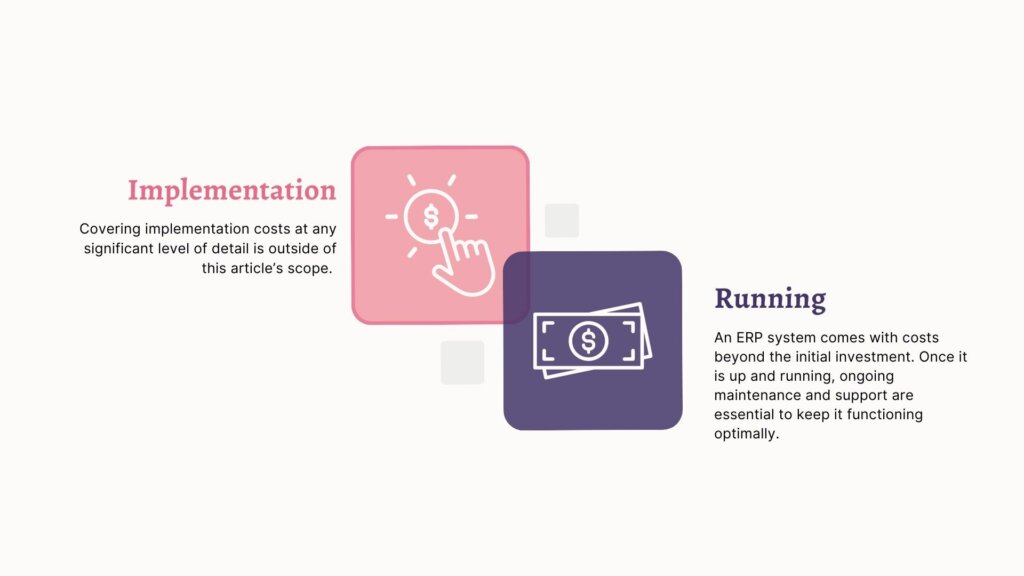
Implementation
Covering implementation costs at any significant level of detail is outside of this article’s scope.
Related article: Odoo implementation steps
This subject becomes more interesting in the context of estimating the costs for a prospective ERP. But in case of an already implemented ERP solution, the implementation costs would already be allocated to the relevant budget and be well known (unless the implementation project isn’t doing well and continues indefinitely).
So, let’s organize those cost categories into a helpful structured list with brief descriptions.
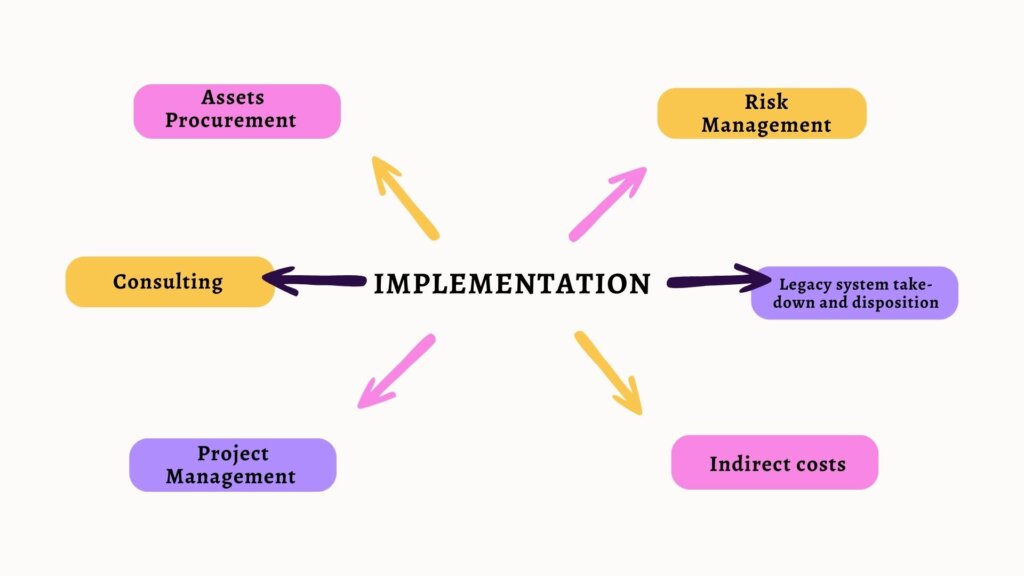
Assets Procurement
(Mostly for on-premises deployment)
- Software licenses – the right to own and use the ERP Software for non-subscription based licensing
- Server(s) hardware (Example: Odoo hardware requirements)
- Workstations and specialty hardware (e.g., barcode scanners, thermal printers, PLCs, kiosks)
- Network and data center uplift
Consulting
An integrator and/or functional consultants perform various professional technical and business change tasks to ensure smooth system deployment and configurations that meet the organization’s specific requirements (usually applies to both Cloud and on-premises implementations).
- Installation (for on-premises). (Useful link: Odoo installation script)
- Configuration. Tuning ERP configuration parameters to suit company needs.
- Customization. Adjusting the out-of-the-box functionality to better fit the organization’s needs. (Useful link: How to customize and not break)
- Data Migration. Migrating data from legacy systems or other sources to the new ERP. This involves data cleansing, validation, mapping, and conversion activities.
- Functional Training. Training of the key users or all users in general.
- Business Process Reengineering. Change existing business routines according to the best industry practices and optimize ERP use according to its functional design.
- Integration. Integrating the new system with existing business applications through developing interfaces, data mapping, and testing.
- General Testing and QA.
Project Management
Professional planning, directing, and controlling of resources (people, time, and money) to meet the implementation project’s defined timeline and scope.
Risk Management
Addressing risks of system downtime, data breaches, and potential recovery costs (does not apply to true SaaS implementations, but might still be needed for Cloud hosting or hybrid implementations).
Related article: How to set up Odoo monitoring
- Implementation of security measures
- Backup systems
- Disaster recovery plans
- Insurance costs
Legacy system take-down and disposition
Indirect costs
Redirecting internal employees to the implementation project and losing productivity while adapting to the new system.
- Functional Training costs related to employee time spent in training sessions with possible travel time and expenses.
- Change Management efforts to deal with resistance and ensure new software adoption.
- Business Process Reengineering and Process Audit related to analysis, documentation, and employees’ time spent in respective workshops and other activities.
- Testing and validation of data migration, integration, and customizations.
- Downtime and Disruption. Inevitable loss of productivity and revenue caused by downtime or disruption as the new platform is being deployed and adopted.
- Project Governance. Management efforts to coordinate, monitor, and govern the project resources and activities. (Not to be confused with Project Management.)
| The list above does not include pre-implementation activities, which are typically carried out prior to official ERP Project kick-off. These additional factors, such as strategic road-mapping followed by the ERP selection, can also be costly and worth considering. Including such related expenses in the TCO calculation, or not, is a management decision with no right or wrong answer to it. Project Contingency is also not listed specifically, as this is a Project Management best practice for safe budgeting, rather than an ERP implementation concern. |
Related article: Discovery phase for Odoo project
Running (ongoing maintenance and support)
An ERP system comes with costs beyond the initial investment. Once it is up and running, ongoing maintenance and support are essential to keep it functioning optimally.
This includes (for Cloud and on-premises):
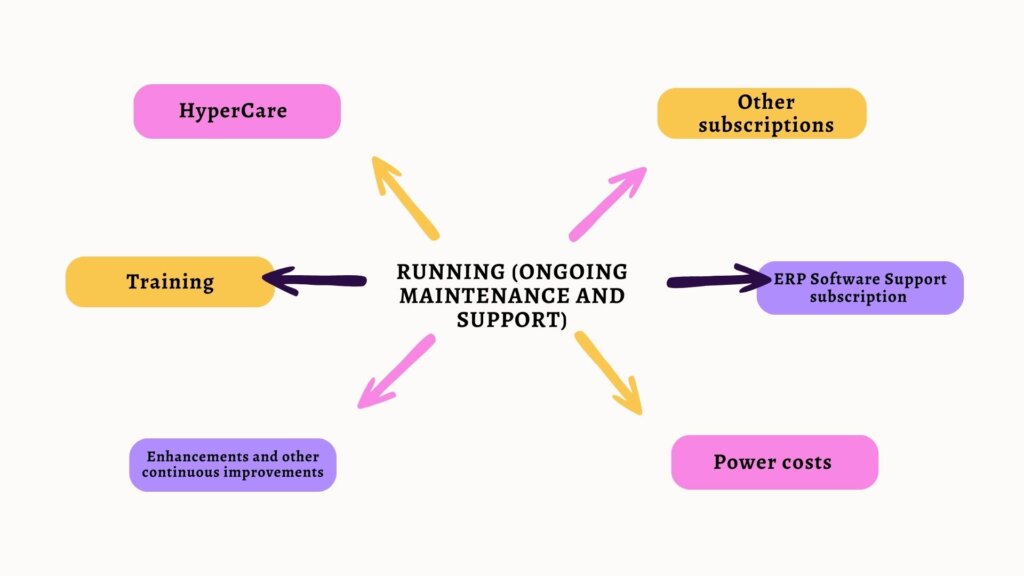
HyperCare
Anything beyond ordinary support arrangements provisioned right after the new system goes live. These include ensuring quick vendor response to issues, as well as extra consultants available to provide immediate help operating the new system. HyperCare costs are often included in the implementation phase.
ERP Software & Support subscription
For a subscription-based licensing (Example: Odoo Enterprise subscription), which is different from buying licenses to own as noted in the Implementation section, this is the right to use the Software. It is often bundled with Support agreement and appropriate support subscription.
Support subscription buys vendor assurance against downtime, decreased performance, and security risks. There are differences and additional complexities in this area for SaaS implementations, mainly concerned with “tenancy”, which go beyond the scope of this article.
Other subscriptions
Hardware and Software Maintenance/Support subscriptions for the components supporting ERP (mainly for on-premises).
Enhancements and other continuous improvements
- Customizations of the existing modules; usability improvements.
- Introduction of new modules and functionality updates
Training
Continuous learning and development opportunities to ensure that employees are proficient in using the system to its full potential. This, arguably, should not be included in the TCO calculation but fits better in the overall employee Orientation, Training, & Development budget.
Power costs
In today’s day and age, carbon footprint can be an important metric to gauge, which comes with its price tag that can be attributed to running your system (mainly for on-premises).
Curious about the cost of implementing Odoo ERP for your business?
Our take
ERP systems have always been considered as long-term investments with a lifespan of 10 to 20 years. However, the rapid pace of technological advancements and changing business landscapes causes the lifespan of ERP systems to shrink. So, having a system deployed now and then lasting for 15 years with just upgrades and enhancements seems unlikely.
Related article: How often to upgrade Odoo
Shorter lifecycle makes justifying ERP investment more challenging, especially for the initial implementation phase and for on-premises installations, where initial assets procurement draws out a lot of cash.
Industry research, surveys, and vendor data indicate that estimated implementation costs associated with running and using an on-premises ERP system range from 20% to 50% of its TCO. For example, the implementation cost of our typical Odoo project is about $100K–$150K.
That is a lot to swallow when it is a relatively common business practice to require full project implementation costs recovery within 2–3 years after the implementation. On the other hand, there could be a preference to “buy out and own” rather than dealing with large recurring and ever-increasing subscription fees, as is the case with SaaS.
| The decision to deploy an ERP depends on company-specific preferences and rules regarding investments, asset amortization, and dealing with cash flow. A clear understanding and presentation of the ERP TCO estimate can inform related business decisions. And an IT leader, driving an ERP initiative at any stage, needs strong knowledge of those business rules and financial preferences in order to position ERP costs accordingly. |
Project Management and indirect costs of Process Reengineering, Governance, and Change Management are often underestimated and drive implementations into the ground. Such shortsighted understandings proportionally exaggerate the initial investment for on-premises implementations. On the other hand, the costs of running may not end with maintenance and support subscriptions either.
| The usual System Integrator will do their part and move on. A good System Integrator, looking for long-term professional relationships, checks and advises on running the ERP project against an established approach or framework, which, among other things, highlights any deficiencies in capturing TCO components. |
Attempting ERP TCO transparency (whether through ROI exercise or not) has indirect benefits of allowing an organization to avoid errors in implementing and running an ERP system.

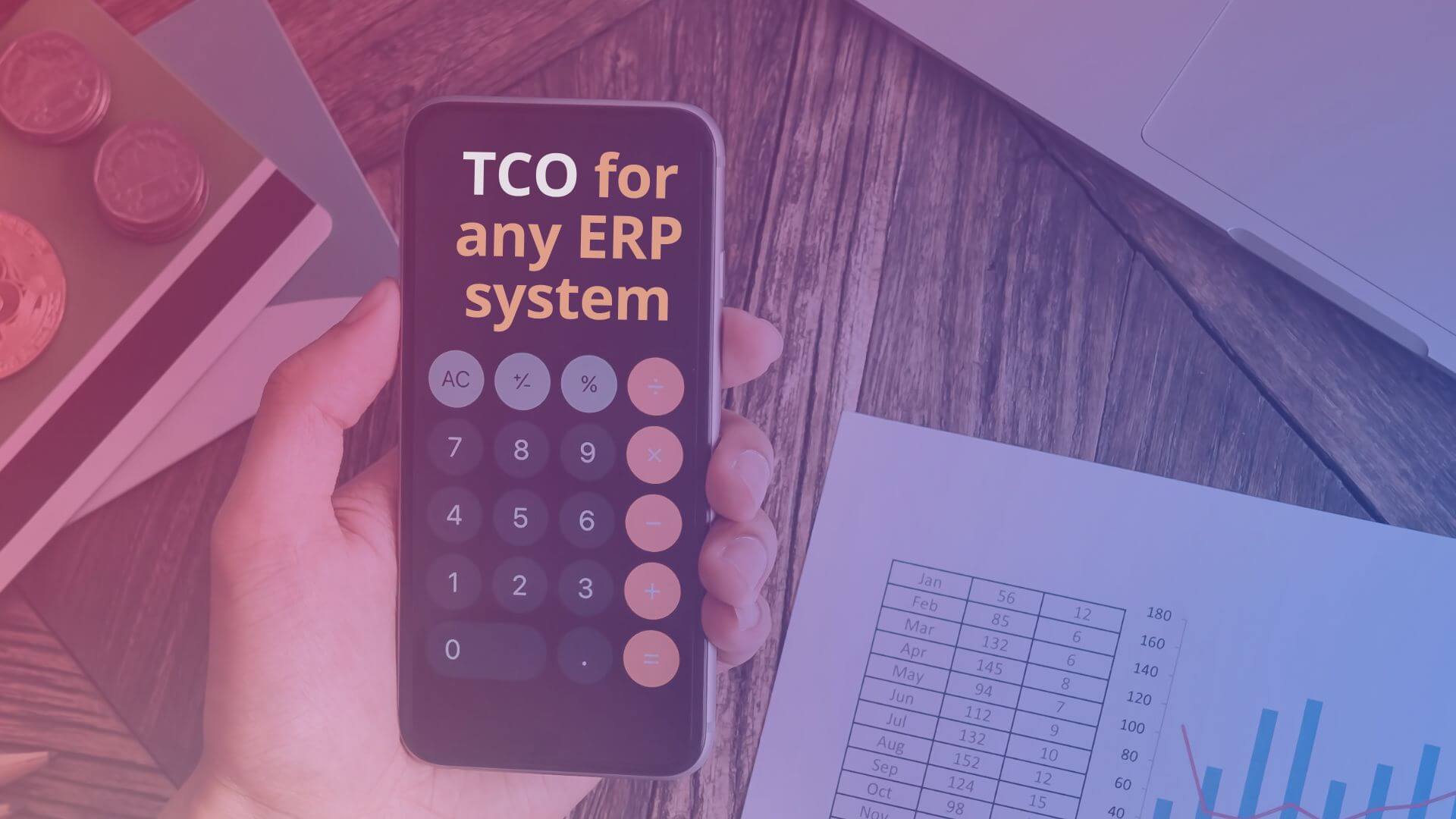


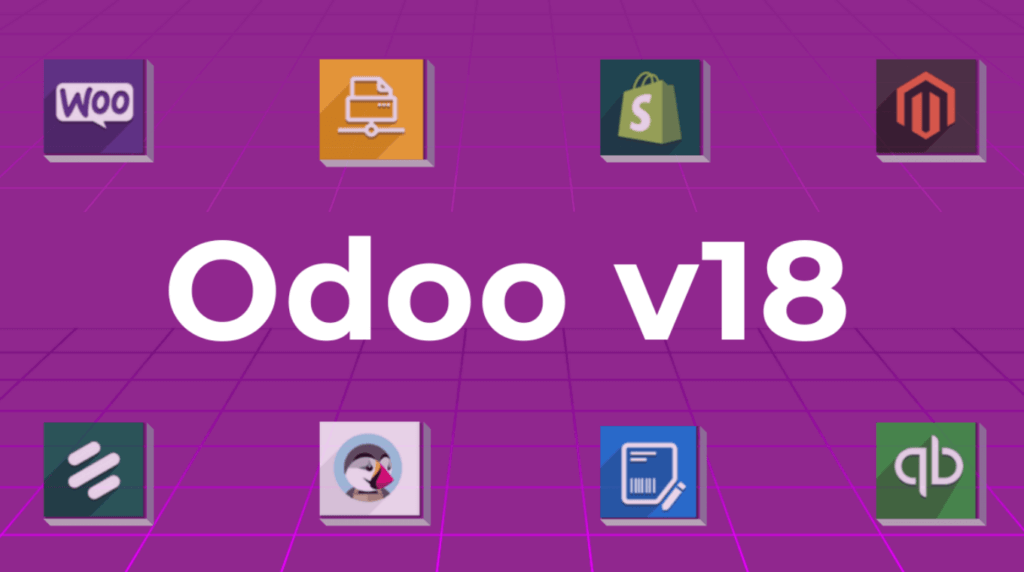

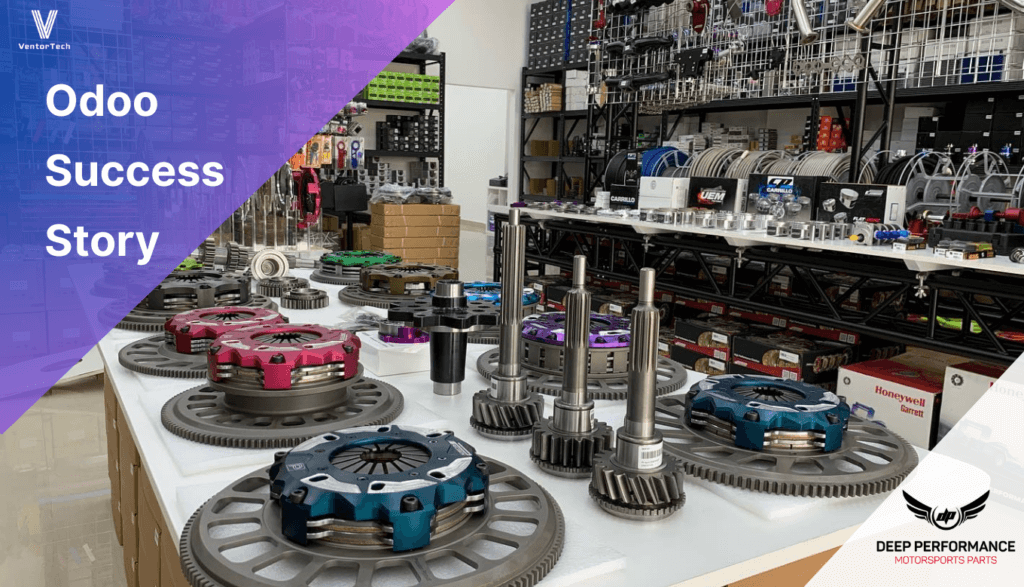
0 Comments